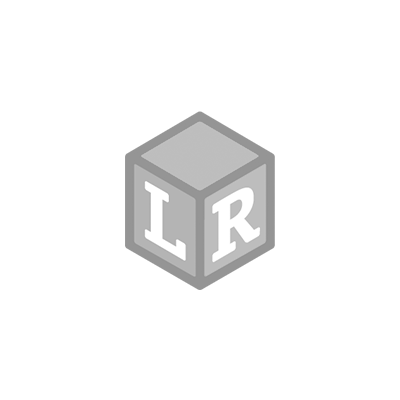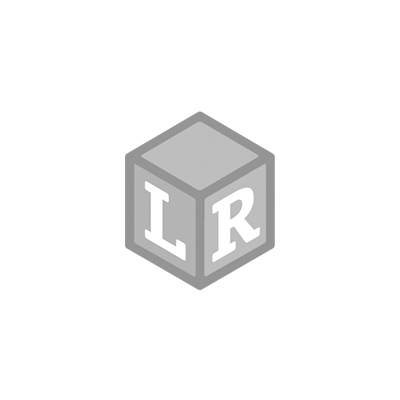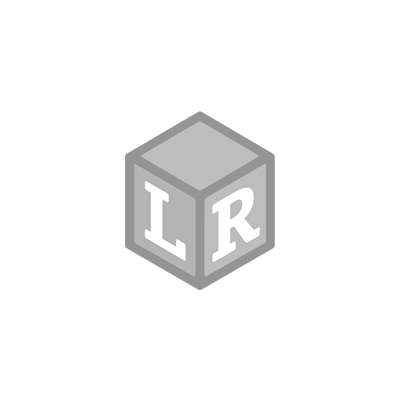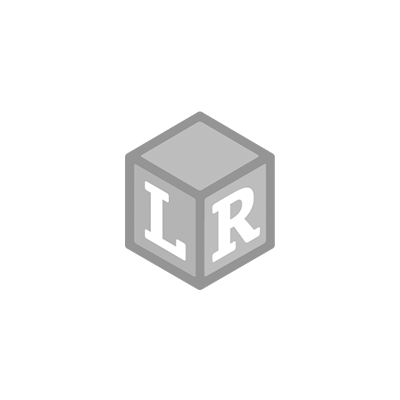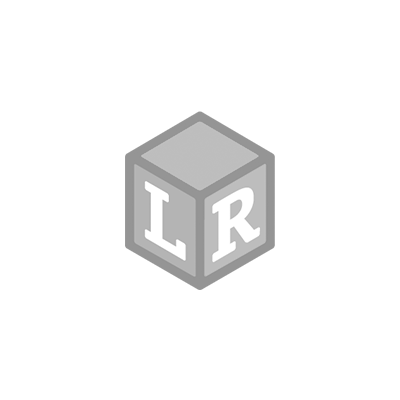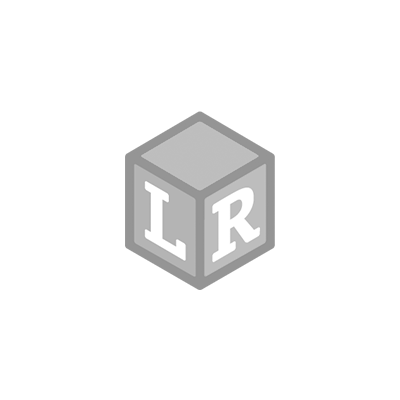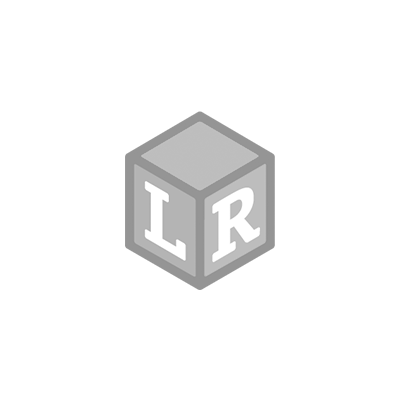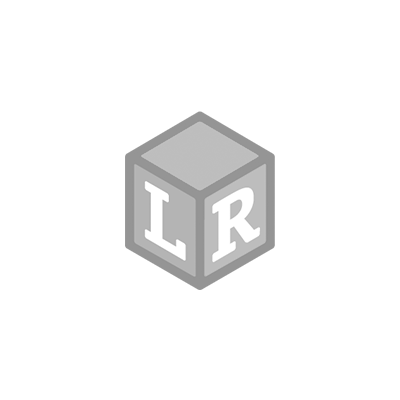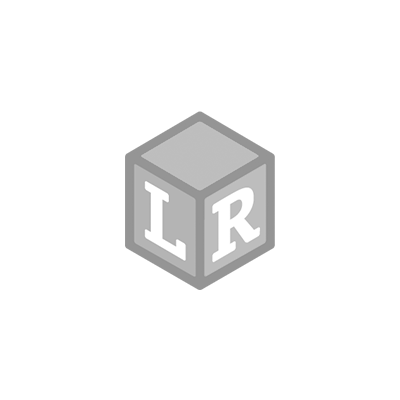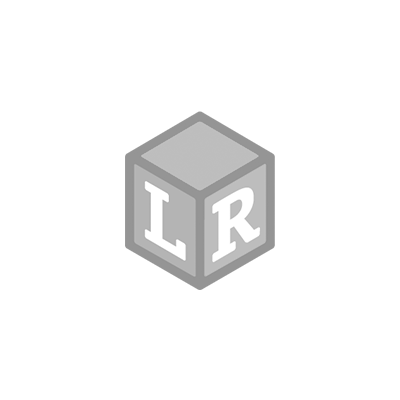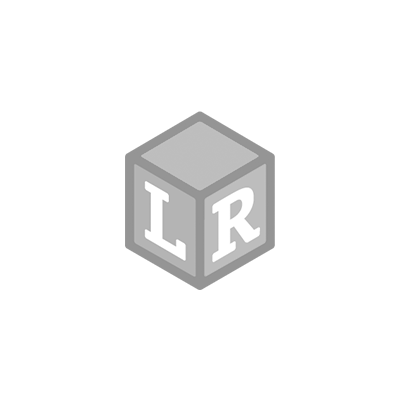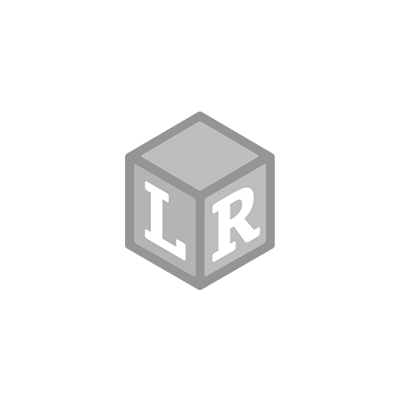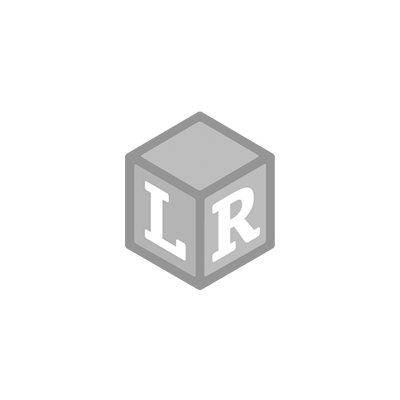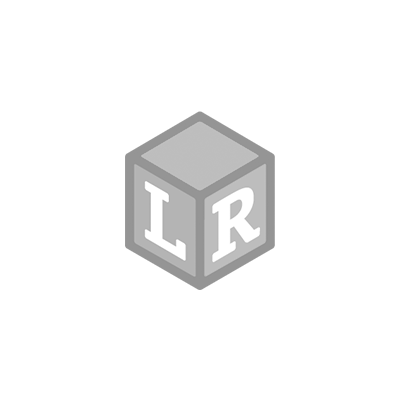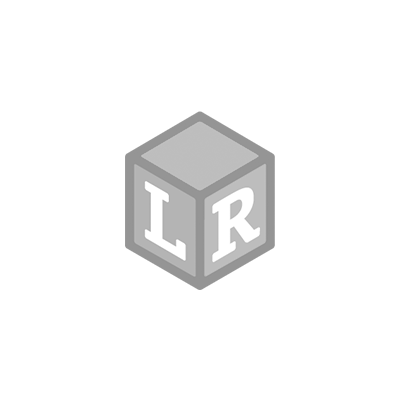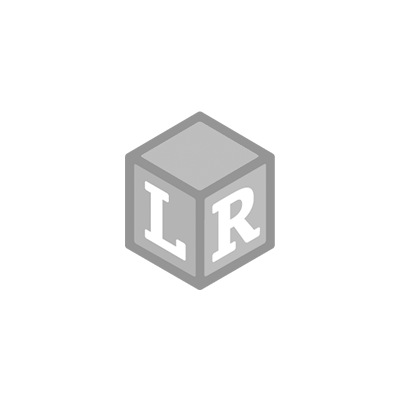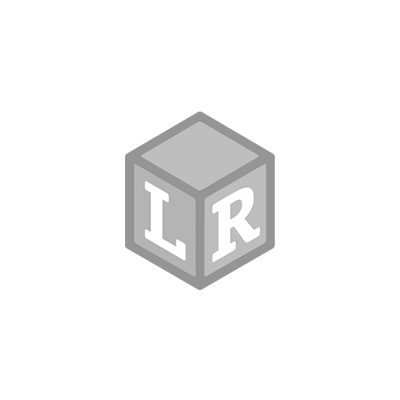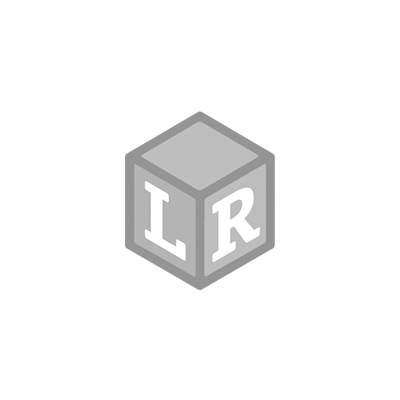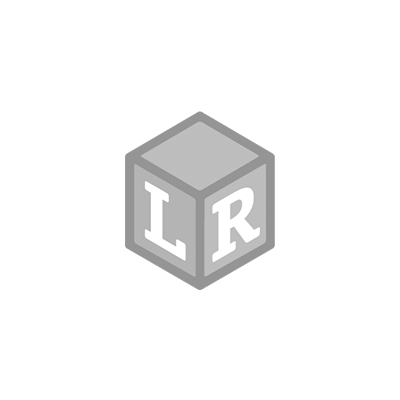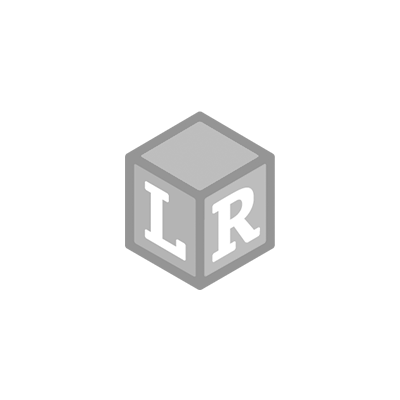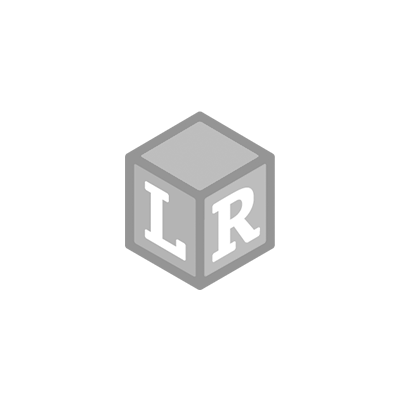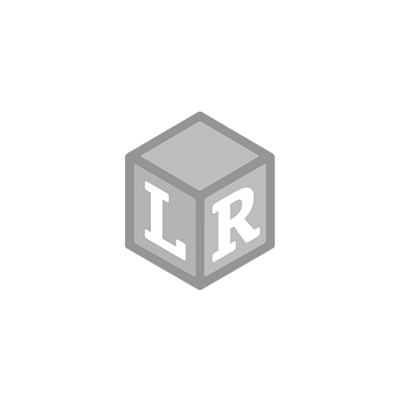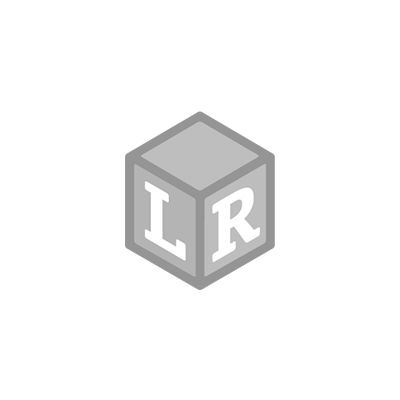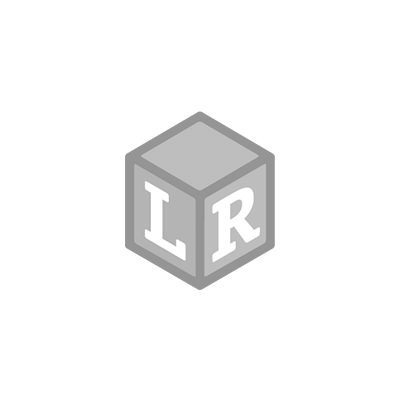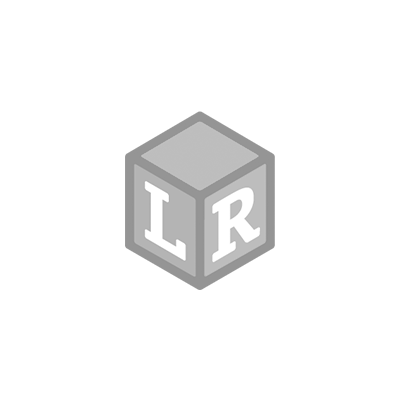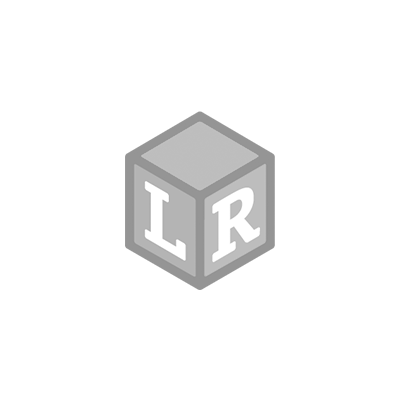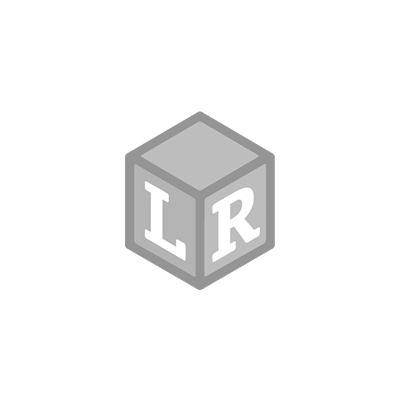Festive Cookies and Cocoa Party - Holiday Must-Haves
- Learning Resources Posted On Dec 12, 2022 | 2 - 4 Years SEL
Do your kids love setting up pretend ‘tea parties’ with their dolls and stuffed animals? My four-year-old will happily sit playing with a setup like that for over an hour, so we are always on the lookout for fun ways to put a seasonal twist on the tea parties. That’s why we were delighted when Learning Resources® released two festive kitchen set products: Hot Cocoa Time! and Santa’s Cookies.
What’s Included?
Each set comes with a fun range of pieces to ensure that the play remains open-ended. The Santa’s Cookies 12-piece set includes a cookie sheet complete with rolled-out dough, pre-cut cookies, a neat suction-style cookie cutter, rolling pin and spatula, plate, glass of milk, and cute dry-erase note to Santa.
The Hot Cocoa set includes a big brewing pot, two cups, plates and spoons, a hot cocoa pot, cookies, and marshmallows. All items are sturdy and easy to clean, which is always a bonus when it comes to toys for kids!
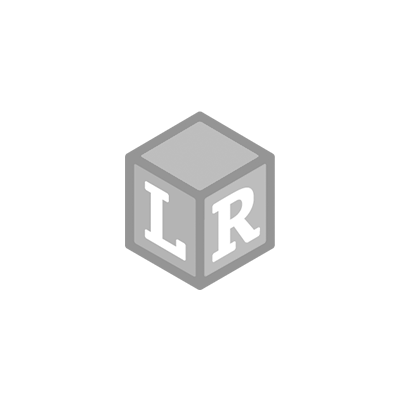

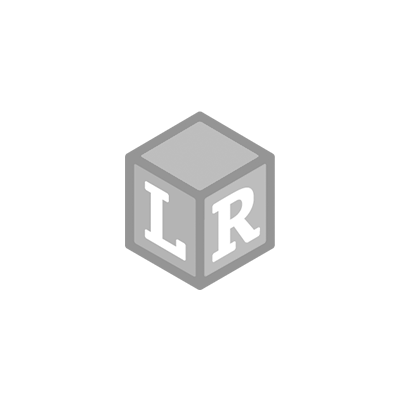

Combining the Fun for a Festive Cookies & Cocoa Party
My preschooler had been playing with both sets separately, but I knew she would love to set up her festive party for her dolls and unicorns using the sets together.
We spread out a pretend snow tablecloth, and she got to work propping up her little friends in the chairs. She was chatting to them the whole time about where they were going to sit and how much fun they would have.
Once everyone was seated, she got to work taking their orders. I loved listening to her asking her ‘friends’ what they wanted, and then she would make up an order for them. This was a great way for her to develop her vocabulary and work on some simple numeracy.
She would count how many scoops of cocoa powder to add, how many marshmallows, or how many of each type of cookie. If your child is older, they could always write down the orders on the dry-erase Santa’s note board.
My preschooler was also able to develop descriptive shape-based language. I would ask her to find a shape with x number of sides or a curved edge. She was so careful and sure to give her unicorns and her doll exactly what they ordered!
The tools which come with the sets are perfect for helping children to develop their fine motor skills. My daughter was careful to scoop, roll and serve, making sure not to ‘spill’ anything on our ‘fancy’ tablecloth!
After all of her friends had their orders, they sat enjoying their festive party together. We put on some fun seasonal music, and it was a special moment of quality time. It’s always so magical when the child can lead the play and direct the conversation. It’s amazing how much confidence they gain from the opportunity to let their imaginations drive the activity!
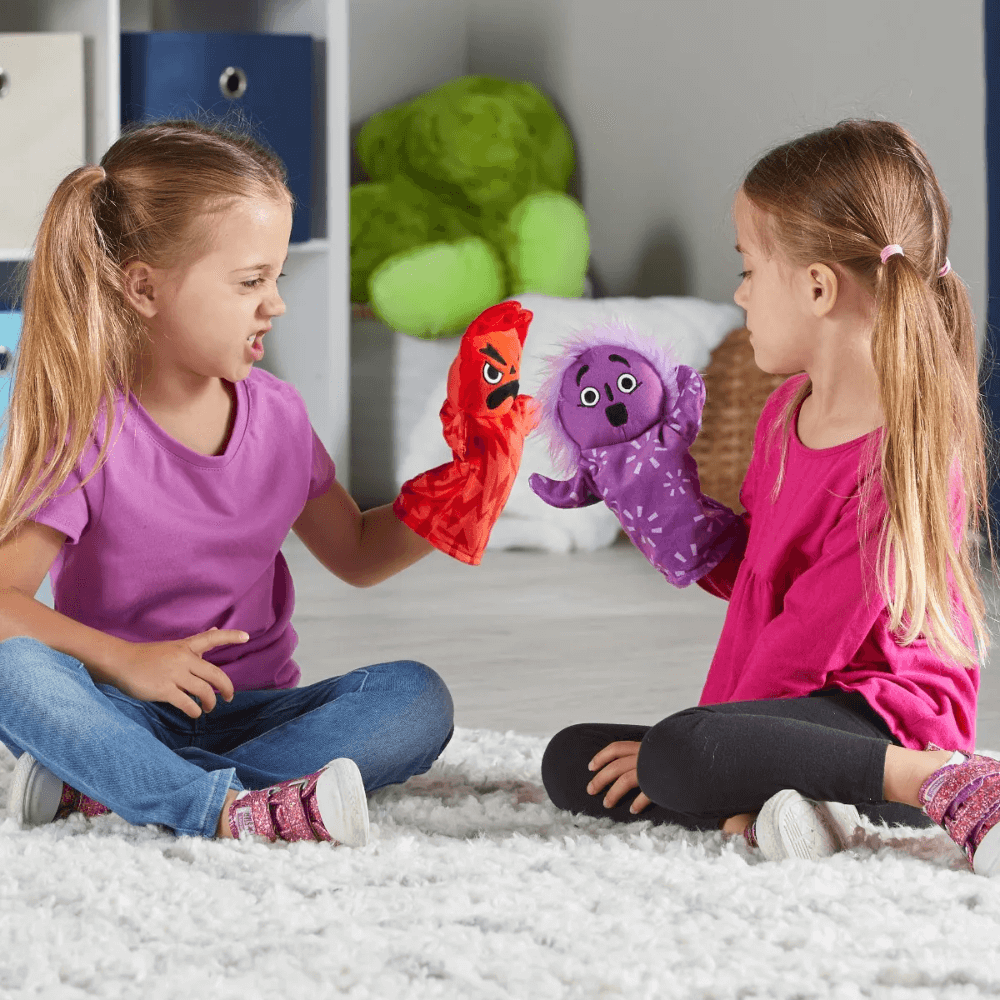

Writer's bio
Lucy Baker is a Mom of two (4 & 8 years old) passionate about creative play and hands-on learning. She firmly believes in providing children with the opportunity to learn through play and being part of their play journey as a parent. See more of her creative play ideas and process art projects on Instagram @findthelittlemind, and over on her blog, Find the Little Mind.
 Shop UK Site
Shop UK Site 
